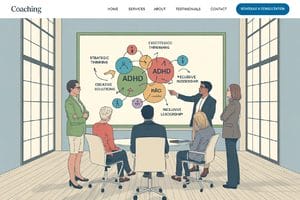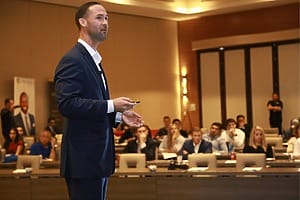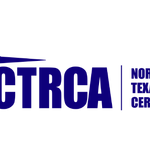TL;DR; ADHD often intensifies emotional responses, creating unique challenges for leaders. This article explores how specialized coaching helps executives develop emotional intelligence skills—from recognizing triggers to implementing real-time regulation techniques—resulting in more effective leadership, stronger team relationships, and reduced workplace stress.
When Emotions Run the Show: The ADHD Leadership Challenge
As a leadership coach who works extensively with executives with ADHD, I’ve heard countless variations of the same story: “I’m brilliant at solving problems and generating ideas, but my emotions sometimes hijack my leadership.”
One senior director I worked with described it perfectly: “I can handle complex projects and strategic challenges, but when someone questions my approach in a meeting, I feel this immediate surge of defensiveness that I struggle to contain. It’s like my emotions are always on overdrive.”
This experience is remarkably common among leaders with ADHD. While our comprehensive guide to ADHD coaching for professionals explores the broad impact of ADHD in the workplace, emotional regulation deserves special attention—particularly for those in leadership positions where interpersonal effectiveness is crucial.
The Neuroscience Behind ADHD and Emotional Regulation
Research has increasingly recognized that ADHD isn’t just about attention—it’s also about emotion. Dr. Russell Barkley, a leading ADHD researcher, describes emotional dysregulation as a core feature of ADHD, not merely a secondary symptom. Studies suggest that up to 70% of adults with ADHD experience excessive emotional reactivity or sensitivity.
This emotional intensity stems from differences in how the ADHD brain processes stimuli and regulates responses. The prefrontal cortex, which helps moderate emotional reactions, often works differently in people with ADHD. This can lead to:
- Stronger emotional responses to situations
- Quicker emotional reactions (before the rational mind engages)
- Difficulty transitioning from one emotional state to another
- Challenges maintaining perspective during emotional moments
For leaders, these neurological differences can manifest in various ways: reacting strongly to criticism in team meetings, feeling overwhelmed by competing demands, or struggling to maintain composure during high-pressure situations.
As one technology executive I coached shared: “I always thought my emotional reactions were a character flaw. Understanding that they’re connected to how my brain is wired was the first step toward actually managing them.”
How Emotional Dysregulation Impacts Leadership
The consequences of emotional regulation challenges can be particularly significant for those in leadership positions. Consider these common scenarios:
In Decision-Making: When emotions run high, strategic thinking can suffer. A financial director I worked with recognized that his anxiety about potential problems often led him to delay important decisions, creating bottlenecks for his entire department.
In Team Relationships: Quick emotional reactions can damage trust and psychological safety. One marketing manager realized that her tendency to show frustration during brainstorming sessions was stifling her team’s creativity and willingness to share ideas.
In Executive Presence: Visible emotional reactivity can undermine perceived leadership capability. A senior VP noticed that his emotional intensity during board presentations was distracting from his message and affecting how stakeholders viewed his competence.
In Personal Wellbeing: The constant effort to manage emotions can be exhausting. Many leaders with ADHD describe feeling drained by the end of the day from the energy spent controlling their emotional responses.
These challenges don’t mean that individuals with ADHD can’t be exceptional leaders. In fact, many of the most innovative and inspiring leaders likely have ADHD traits. The key is developing strategies to harness emotional intensity as a strength while managing its potential downsides.
Transforming Emotional Reactivity into Leadership Strength
In our article on ADHD leadership strategies, we explored how ADHD traits can become leadership advantages. The same applies to emotional intensity—when properly channeled, it can become a source of leadership power.
From Reactivity to Empathy
The emotional sensitivity that comes with ADHD can translate into exceptional empathy and interpersonal awareness. Leaders who have learned to manage their own emotional responses often develop a heightened ability to understand and connect with others.
A healthcare executive I coached discovered that her emotional responsiveness, once she learned to moderate it, made her particularly effective at navigating difficult conversations with her team. “I can sense when someone is struggling or frustrated before they even say it,” she noted. “That awareness helps me address issues before they become problems.”
From Impulsivity to Authentic Communication
The directness that can sometimes manifest as impulsivity can become refreshing authenticity when skillfully managed. Leaders who learn to express emotions appropriately often create cultures of greater transparency and trust.
One technology leader transformed his tendency toward emotional directness into a leadership strength. Rather than blurting out reactions, he learned to pause and then share his genuine perspective in a considered way. His team came to value his authentic communication style, which cut through corporate politics and created clarity.
From Intensity to Passion
The emotional intensity that can sometimes overwhelm can also fuel remarkable passion and commitment. Leaders who channel this energy productively often inspire and motivate others through their evident dedication.
A nonprofit director I worked with learned to direct her emotional intensity toward articulating her vision in compelling ways. “My emotions used to scatter my focus,” she shared. “Now they fuel my ability to inspire others toward our mission.”
ADHD Coaching Approaches for Emotional Intelligence
At Tandem Coaching, we’ve developed specific coaching strategies to help leaders with ADHD enhance their emotional intelligence. Unlike generic leadership advice, these approaches are tailored to how the ADHD brain processes emotions.
Building Self-Awareness: The Foundation
The first step in any emotional intelligence development is self-awareness—recognizing your emotional patterns and triggers. For leaders with ADHD, this awareness needs to be developed in ways that work with, not against, their thinking style.
The Emotion-Tracking Exercise
Take a moment to try this simplified version of an exercise I often use with clients:
- Think about a recent work situation where you had a strong emotional reaction
- Ask yourself:
- What specifically triggered the emotion?
- Where did you feel it in your body first?
- What thoughts accompanied the feeling?
- How did you respond?
- What would you prefer to have done differently?
This kind of structured reflection helps identify patterns that might otherwise go unnoticed. One sales executive realized through this exercise that her emotional reactions were strongest when she felt her competence was being questioned—a pattern she hadn’t previously recognized.
Real-Time Regulation Techniques
Once awareness is established, the next step is developing strategies for managing emotions in the moment. For the ADHD brain, these techniques need to be straightforward and immediately accessible.
The Pause Button Method
Many leaders I’ve coached have found success with what I call the “pause button method”—a simple technique for creating space between stimulus and response:
- Recognize the physical sensation of an emotional reaction starting (often tension, heat, or a change in breathing)
- Mentally press “pause” on your reaction
- Take a single deep breath
- Ask yourself: “What’s actually happening here?” and “What response would serve me best?”
- Choose your response rather than reacting automatically
A technology director described this technique as “life-changing” for his leadership. “That tiny pause gives my prefrontal cortex time to catch up with my emotions,” he explained. “It’s made all the difference in how I handle difficult conversations.”
The Quick Calm Toolkit for Leaders
Here are three additional techniques that have proven particularly effective for leaders with ADHD:
1. The 5-5-5 Breathing Reset
- Inhale for 5 seconds
- Hold for 5 seconds
- Exhale for 5 seconds
- Repeat 3 times
This can be done discreetly in any meeting or conversation when you feel emotions intensifying.
2. The Perspective Shift When feeling emotionally activated, ask yourself:
- “How important will this seem in a week? A month? A year?”
- “What would I advise a colleague in this situation?”
3. The Physical Reset
- If possible, change your physical state briefly
- Stand up if you’ve been sitting
- Take a quick walk to the restroom or water cooler
- Splash cold water on your face if appropriate
These techniques aren’t about suppressing emotions but rather creating space to respond thoughtfully rather than react impulsively.
Building Emotional Intelligence Through Coaching Scenarios
One of the most powerful approaches in ADHD coaching for emotional intelligence is scenario practice—essentially rehearsing challenging situations before they occur. This builds neural pathways that make appropriate responses more accessible in real-world situations.
Case Example: The Feedback Conversation
Consider this coaching scenario based on work with a client (details changed for confidentiality):
The Situation: Michael, a marketing director with ADHD, needed to give constructive feedback to a team member whose work was falling short. Previously, these conversations had gone poorly—either Michael avoided them altogether or delivered the feedback in a way that came across as harsh.
The Coaching Approach: We worked through the following process:
- Identify the emotional triggers: Michael realized he felt anxious about potential conflict and impatient with having to address the issue.
- Develop a conversation framework: We created a simple structure for the conversation that Michael could follow even if emotions arose.
- Practice the scenario: Through role-playing, Michael practiced delivering the feedback, including how to handle various emotional responses from the team member.
- Create a pre-conversation routine: Michael developed a brief centering practice to use before difficult conversations.
The Outcome: When Michael actually had the conversation, he reported feeling “in control of my emotions for the first time.” The feedback was delivered clearly but compassionately, and the team member responded positively to the guidance.
This kind of scenario-based coaching helps leaders develop emotional intelligence skills in a safe environment before applying them in high-stakes situations.
Productivity and Emotional Regulation: The Connected Challenge
It’s worth noting that emotional regulation challenges often intersect with productivity issues for professionals with ADHD. As we explored in our article on ADHD productivity strategies, emotional states significantly impact work performance.
Anxiety about a project can lead to procrastination. Frustration with interruptions can derail focus. Overwhelm can freeze decision-making abilities.
This connection means that improving emotional regulation often enhances productivity as well. Many clients report that the emotional intelligence skills they develop through coaching have unexpected benefits for their time management and task completion.
As one executive noted: “When I learned to manage my emotional responses better, I found I was wasting less time ruminating about problems or recovering from stressful interactions. My productivity improved almost automatically.”
The Leadership Transformation: A Coaching Success Story
To illustrate the impact of emotional intelligence coaching for leaders with ADHD, consider this composite case study based on several client experiences:
The Challenge: Sarah, a senior leader in a technology company, sought coaching because her emotional reactivity was affecting her team relationships and leadership effectiveness. She would become visibly frustrated during meetings when projects fell behind schedule, react defensively to questions about her department’s work, and sometimes make impulsive decisions when feeling pressured.
Despite her technical brilliance and strategic vision, these emotional patterns were limiting her leadership impact and causing stress for both Sarah and her team.
The Coaching Journey: Through our work together, Sarah:
- Developed awareness of her emotional triggers and patterns
- Learned specific techniques for managing in-the-moment reactions
- Created structures for making decisions that separated emotion from analysis
- Practiced difficult conversations through role-playing scenarios
- Implemented daily mindfulness practices to build overall emotional resilience
The Transformation: Within six months, Sarah’s leadership approach had significantly evolved. Her team reported feeling more psychologically safe in sharing concerns. Her boss noted her more measured responses in executive meetings. Most importantly, Sarah herself felt more in control and less exhausted by constant emotional management.
“I used to dread certain meetings because I knew they would trigger me,” she shared. “Now I have tools to handle any situation with composure. I’m still passionate and engaged—but now that energy serves my leadership instead of undermining it.”
Frequently Asked Questions
My problem isn’t getting work done, it’s that I sometimes anger my team or stress myself out – is ADHD coaching really going to help with emotions?
Yes, ADHD coaching isn’t only about calendars and to-do lists. A good coach looks at you as a whole person – that includes how you handle emotions and stress. Through coaching, many leaders learn techniques to pause before reacting, communicate needs or frustrations more constructively, and develop routines that keep stress at bay. If your emotions are affecting your work relationships or decisions, that’s absolutely something coaching can help improve with practice and the right strategies.
Should I consider therapy or coaching for workplace emotional issues related to ADHD?
It depends on the issue’s severity. Therapy (especially cognitive-behavioral therapy) can be great for deep-seated emotional patterns, past trauma, or co-occurring mental health conditions like severe anxiety. Coaching, on the other hand, is very forward-focused and practical. In coaching, you’ll work on specific work scenarios and build new habits for the future (for example, how to handle an upsetting client call next week). Many individuals use both: therapy for personal healing and coaching for professional skill-building. If your primary concern is improving day-to-day reactions and communications at work, coaching might be the most direct approach.
Can improving emotional regulation really impact my career that much?
Absolutely. Leaders who manage their emotions well are often seen as more credible and trustworthy. Think about it: if you stay calm under pressure, your team and bosses have more confidence in you. On the flip side, frequent emotional outbursts or visible anxiety can undermine how others perceive your leadership. By working on these skills, you not only feel better personally (less stress) but also enhance your leadership presence. Research in organizational psychology consistently shows that emotional intelligence is a strong predictor of leadership success and promotion. So yes – working on this “soft skill” can have hard career benefits!
What if I have a really high-stress job (e.g., emergency medicine, legal trials)? Can coaching help me not get overwhelmed?
High-intensity fields definitely put your emotional regulation to the test. Coaches who specialize in ADHD and high performers can introduce techniques like visualization, scenario planning (so you’re mentally ready for various outcomes), and recovery routines (ways to decompress after a crisis). The article mentions some quick techniques; in coaching, we’d customize these to your specific triggers. Clients in demanding fields often report that having a coach is like having a secret weapon – they develop a mental toolkit that keeps them steady even when things get chaotic.
Stay Cool Under Pressure: Your Next Step
If emotional regulation challenges are affecting your leadership effectiveness, know that you’re not alone—and that targeted coaching can make a significant difference. At Tandem Coaching, we specialize in helping leaders with ADHD develop the emotional intelligence skills that enhance both professional performance and personal wellbeing.
Our approach combines neuroscience-informed strategies with practical leadership applications, creating sustainable change that transforms how you lead under pressure.
Ready to enhance your emotional intelligence and leadership presence? Schedule a complimentary consultation to explore how ADHD-focused coaching can help you develop rock-solid emotional regulation and resilience. Take the first step toward becoming the calm, focused leader you aspire to be.
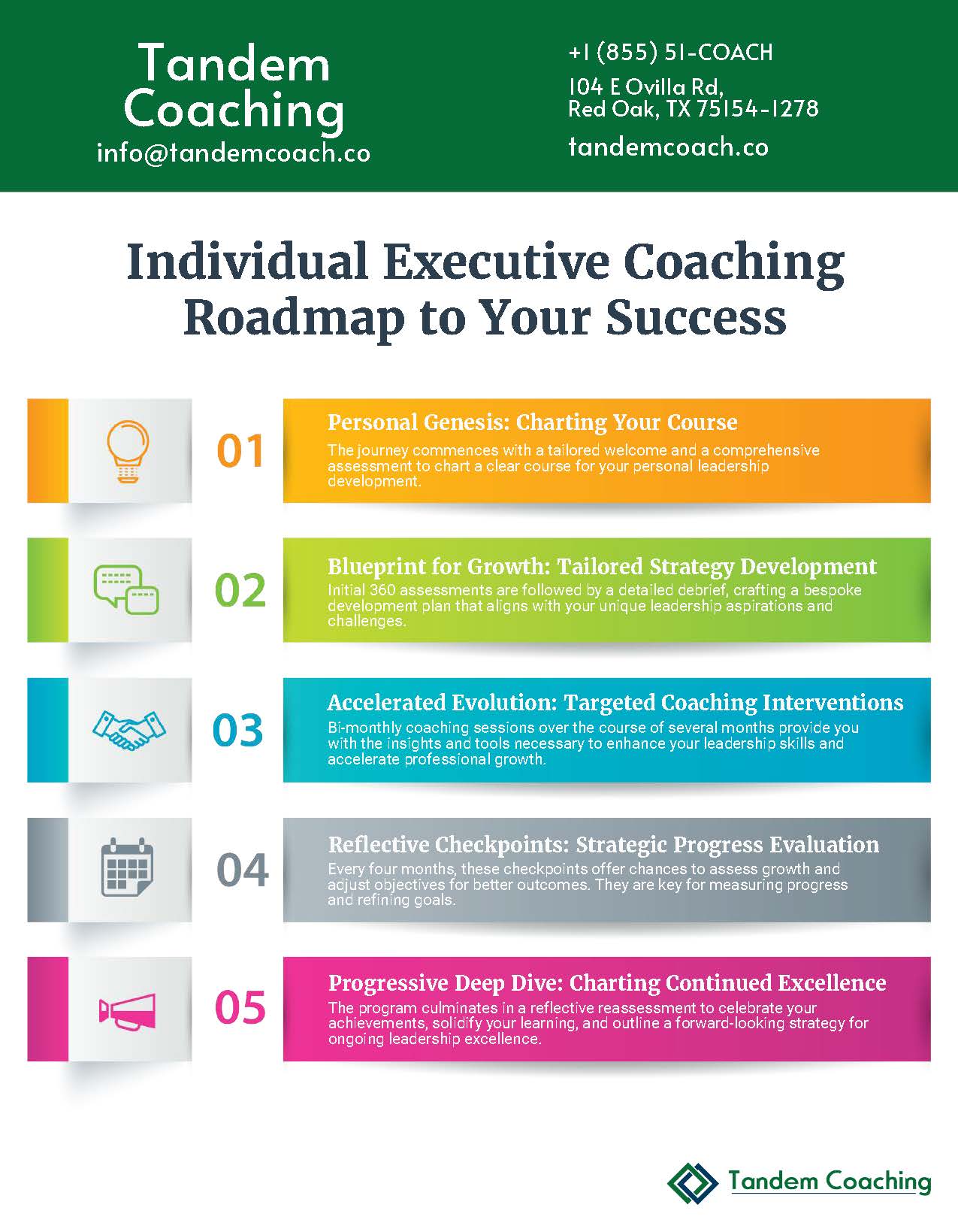

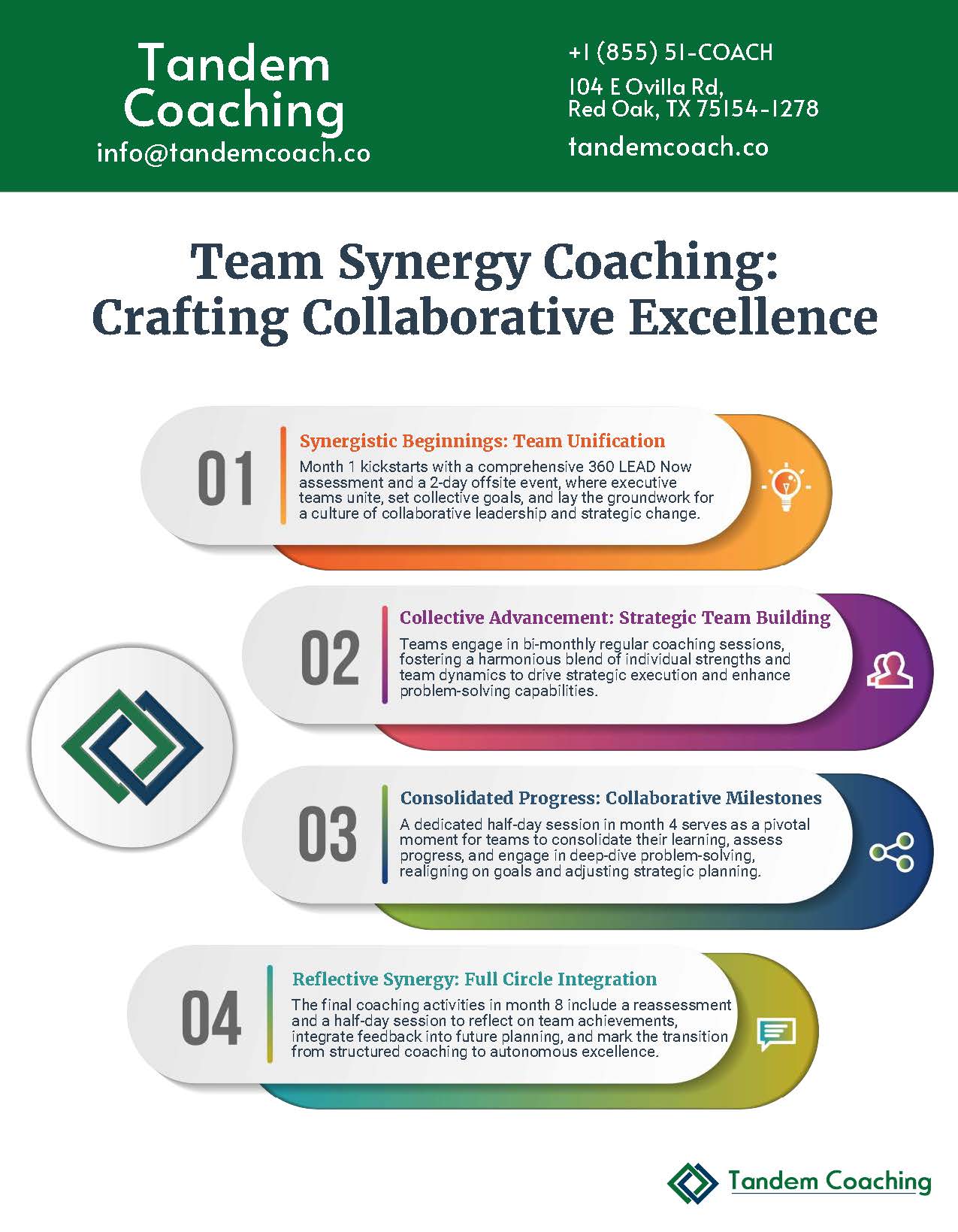
Boost Your Leadership Team Success!
Take your leadership team to the next level and achieve great results with our executive coaching.
Learn how our coaching and ASPIRE method can change things for you—get a free brochure to begin your journey.
About the Author
Cherie Silas, MCC
She has over 20 years of experience as a corporate leader and uses that background to partner with business executives and their leadership teams to identify and solve their most challenging people, process, and business problems in measurable ways.

